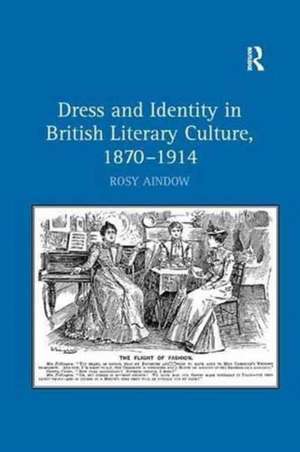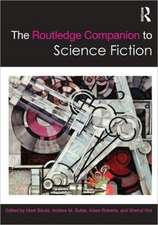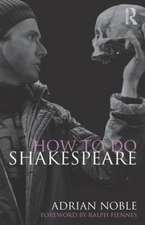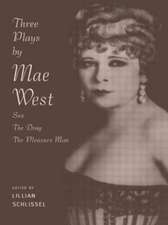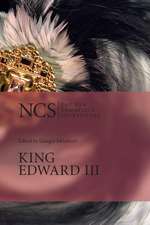Dress and Identity in British Literary Culture, 1870-1914
Autor Rosy Aindowen Limba Engleză Paperback – 11 noi 2016
| Toate formatele și edițiile | Preț | Express |
|---|---|---|
| Paperback (1) | 469.34 lei 6-8 săpt. | |
| Taylor & Francis – 11 noi 2016 | 469.34 lei 6-8 săpt. | |
| Hardback (1) | 1055.51 lei 6-8 săpt. | |
| Taylor & Francis – 3 noi 2010 | 1055.51 lei 6-8 săpt. |
Preț: 469.34 lei
Nou
Puncte Express: 704
Preț estimativ în valută:
89.82€ • 91.98$ • 74.72£
89.82€ • 91.98$ • 74.72£
Carte tipărită la comandă
Livrare economică 19 martie-02 aprilie
Preluare comenzi: 021 569.72.76
Specificații
ISBN-13: 9781138265530
ISBN-10: 1138265535
Pagini: 184
Dimensiuni: 156 x 234 mm
Greutate: 0.45 kg
Ediția:1
Editura: Taylor & Francis
Colecția Routledge
Locul publicării:Oxford, United Kingdom
ISBN-10: 1138265535
Pagini: 184
Dimensiuni: 156 x 234 mm
Greutate: 0.45 kg
Ediția:1
Editura: Taylor & Francis
Colecția Routledge
Locul publicării:Oxford, United Kingdom
Cuprins
Contents: Introduction; The function of dress in the novel; Development and innovation in the 19th-century fashion industry; Writing out frivolity; Fashion and the art of (class) deception; Needlewomen and shop girls in 19th-century fiction; Epilogue; Bibliography; Index.
Notă biografică
Rosy Aindow is Tutor in the School of English at The University of Nottingham, UK
Recenzii
’Aindow has produced a fascinating, intelligently argued book, deploying literary and historical material with clarity and discrimination. It is an important contribution to a growing body of studies but also a reminder that we have not outgrown the problems she describes: the relationship between fashion and class is still being negotiated, albeit in different contexts.’ Costume
'Moving skilfully between discussions on fashion and individual identity and fashion and shifting social hierarchies, Aindow eloquently demonstrates how the late nineteenth- and early twentieth-century novel both contained and manipulated the alleged threat of sartorial democratisation within society.' English Historical Review
'... presents a solid analysis of fashion’s significance in late-Victorian and Edwardian literature, with a commendable methodological approach - rather than focusing on individual texts, her chapters are comparative - and an impressive archive of primary texts ranging from periodical essays to the novels of Arnold Bennett, Wilkie Collins, George Eliot, Elizabeth Gaskell, George Gissing, Thomas Hardy, George Moore, and Mary Ward.' Victorian Studies
'Moving skilfully between discussions on fashion and individual identity and fashion and shifting social hierarchies, Aindow eloquently demonstrates how the late nineteenth- and early twentieth-century novel both contained and manipulated the alleged threat of sartorial democratisation within society.' English Historical Review
'... presents a solid analysis of fashion’s significance in late-Victorian and Edwardian literature, with a commendable methodological approach - rather than focusing on individual texts, her chapters are comparative - and an impressive archive of primary texts ranging from periodical essays to the novels of Arnold Bennett, Wilkie Collins, George Eliot, Elizabeth Gaskell, George Gissing, Thomas Hardy, George Moore, and Mary Ward.' Victorian Studies
Descriere
Rosy Aindow's interdisciplinary study maps the literary response to the emergence of a modern fashion industry in late nineteenth- and early-twentieth-century Britain. The study argues dress is given a distinctive voice in novels of the period; works that embrace older sartorial tropes, but which simultaneously shape and formulate their own reflecting contemporary social concerns.
